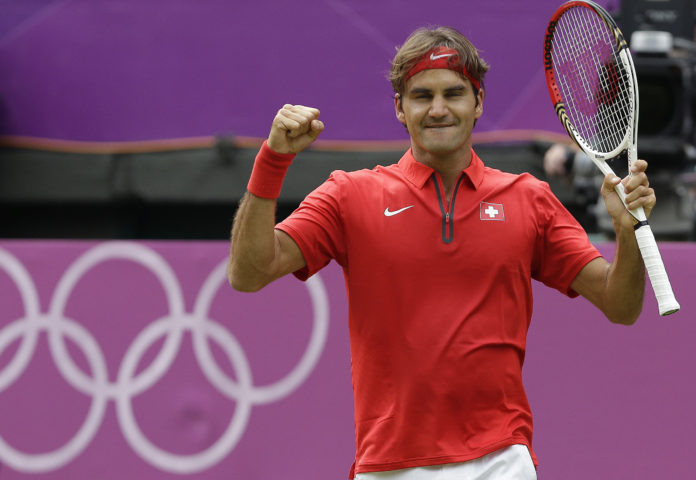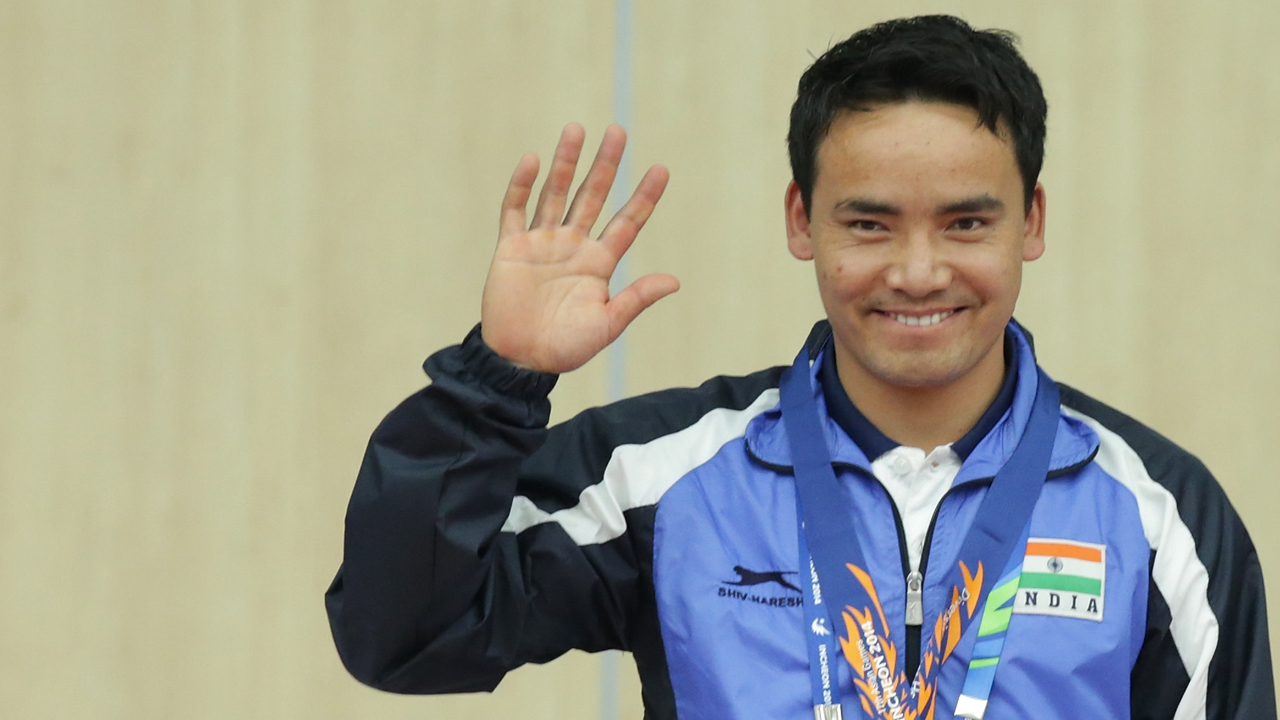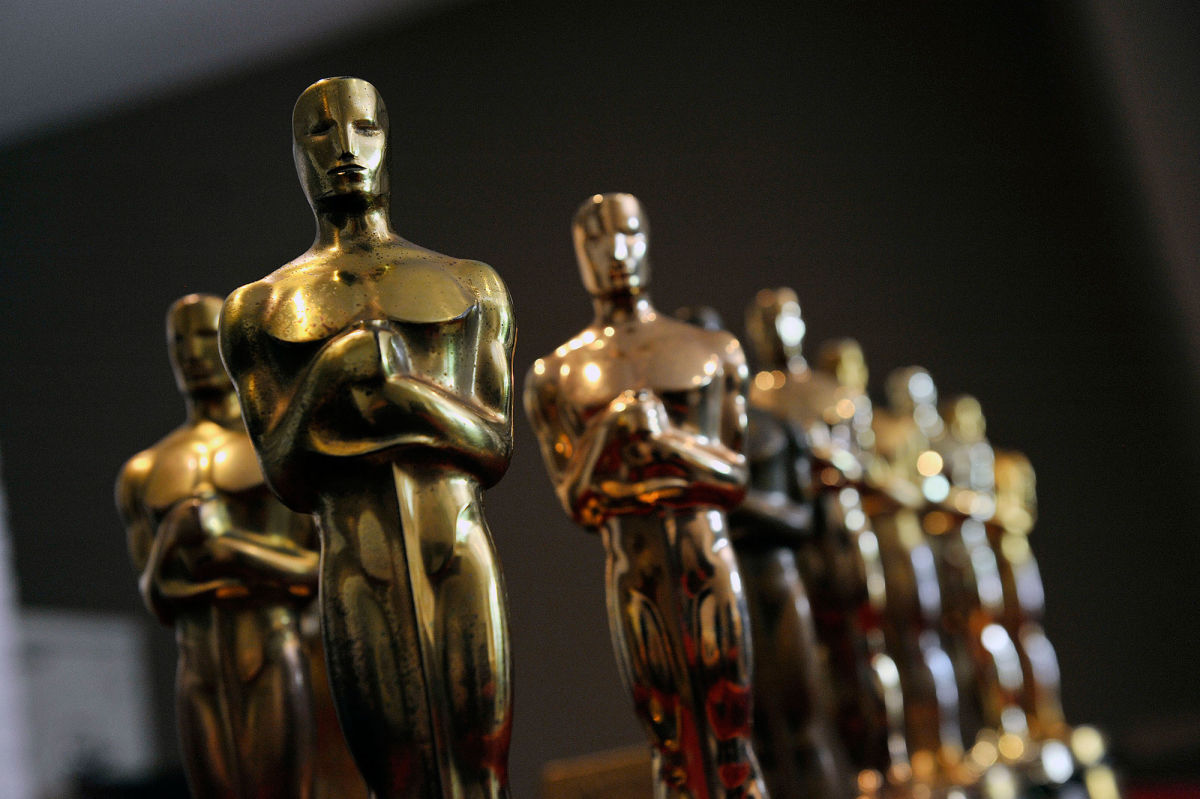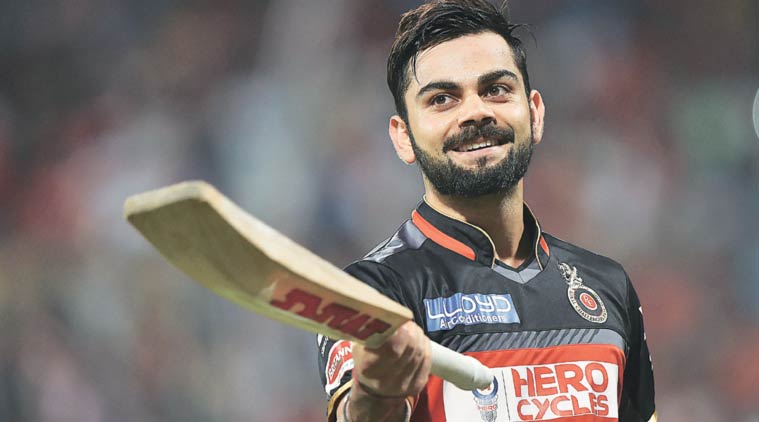
The “Big 4” of men’s tennis is enthusiastic about the Rio de Janeiro Olympics, unlike their counterparts in golf.
Novak Djokovic, Andy Murray, Roger Federer and Rafael Nadal all have participated in the Summer Games in the past, all own a medal, and all talk about that event’s importance to their sport every four years — even if it already has four Grand Slam tournaments every year.
Consider what Britain’s Murray said when he was asked about Brazil the day after winning Wimbledon for the second time.
“I’ve loved being in the two Olympics that I’ve been at,” said the No. 2-ranked Murray, who won a gold in singles at the 2012 London Games. “Rio is obviously a big, big goal of mine, and hopefully I can perform well there.”
The No. 1-ranked Djokovic won a singles bronze for Serbia at the 2008 Beijing Games, then came up just short of a medal four years ago.
No. 3 Federer won a gold for Switzerland in doubles with Stan Wawrinka eight years ago, and a silver in singles four years ago.
No. 4 Nadal won a singles gold for Spain in Beijing, missed London because he was hurt, and appealed to the International Tennis Federation to allow him to compete in Rio after he failed to fulfill Davis Cup commitments because of injuries.
Even if this quartet owns a combined 46 Grand Slam titles, the Olympics still matter to them. Much will be made of the contrast between this group’s interest in the Summer Games and what happened in golf, which will be missing Jordan Spieth, Jason Day, Dustin Johnson and Rory McIlroy in Rio.
“Olympic Games are the most renowned and most prominent sports event in the history of sport. No question about it. There is no bigger sports event than Olympic Games,” Djokovic said. “For me, as a professional athlete, it’s a huge honor to be part of it.”
Here are some things to know about tennis at the Rio Olympics:
WHO’S MISSING
There are some noteworthy players who won’t be there: seven of the top 20 men in the July 11 ATP rankings. That includes Wimbledon runner-up Milos Raonic of Canada; Czech Wimbledon semifinalist Tomas Berdych; the top American man, John Isner; Australia’s best two tennis players, Nick Kyrgios and Bernard Tomic; and Dominic Thiem, who would have given Austria a chance at a medal.
MIXING IT UP
No one will know exactly who is competing in mixed doubles until everyone is in Rio. That’s because the sign-in happens there. It’s limited to 16 teams, and the possibilities are intriguing. The expectation is that, if he’s healthy, Federer will team with Martina Hingis. And Nadal — if healthy — will partner French Open champion Garbine Muguruza. The bad news: It sounds as if the Williams sisters will not enter that event.
AGE IS JUST A NUMBER
If 34-year-old Serena Williams or 36-year-old Venus Williams wins a gold medal, either would be the third-oldest woman to collect an Olympic title in tennis. Winifred McNair was 43 when she won women’s doubles for Britain all the way back in 1920, and Hazel Wightman was 37 when she won the same event for the U.S. four years later. Each Williams already owns four medals (all gold), so adding two more — they’re both entered in singles and doubles — would put either in first place for most tennis medals in Olympic history. Kathleen McKane won five medals (one gold) in the 1920s.
MOST APPEARANCES
India’s Leander Paes will be appearing in his record-extending seventh Olympic tennis competition, pairing in men’s doubles with Rohan Bopanna. Paes owns one medal, a bronze in singles at the 1996 Atlanta Games. In Grand Slam action, he has won eight titles in men’s doubles, and another 10 in mixed doubles.
BACK-TO-BACK?
No player has won two consecutive gold medals in singles. Murray and Serena Williams will try to change that this time.
From Agencies, Feature image courtesy AP




























